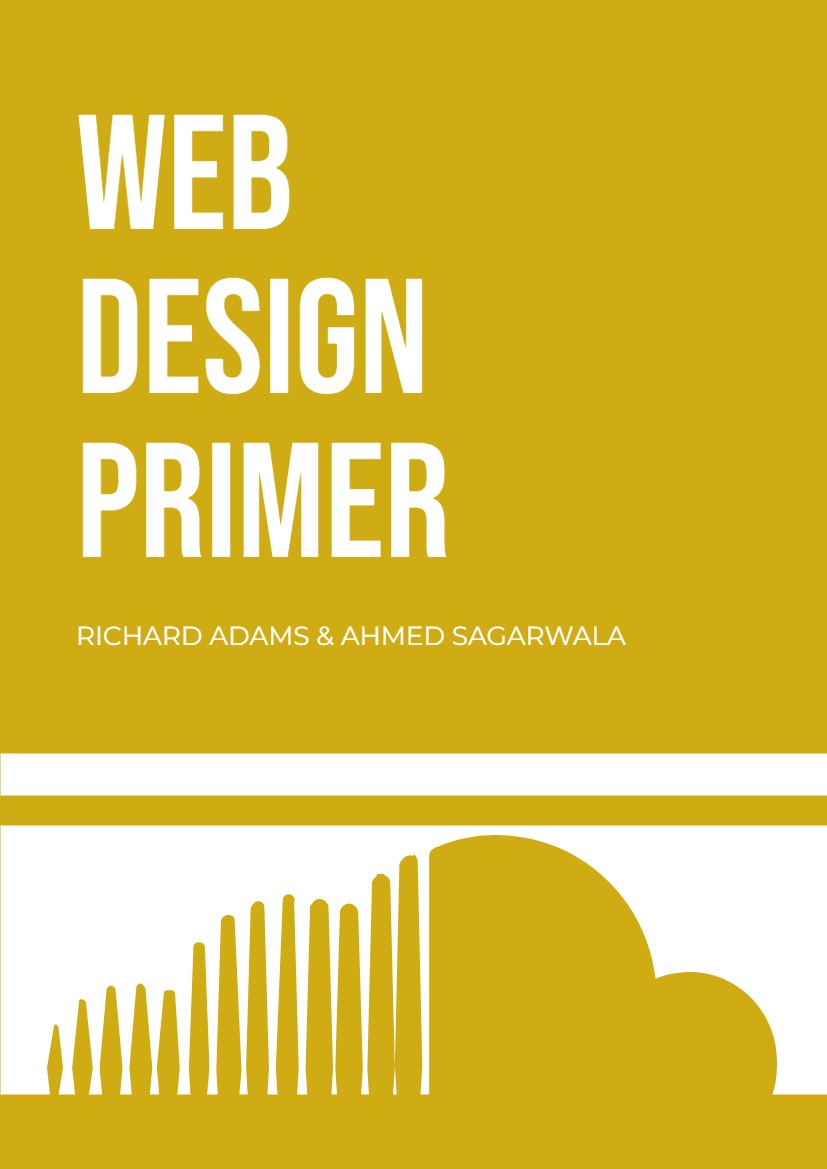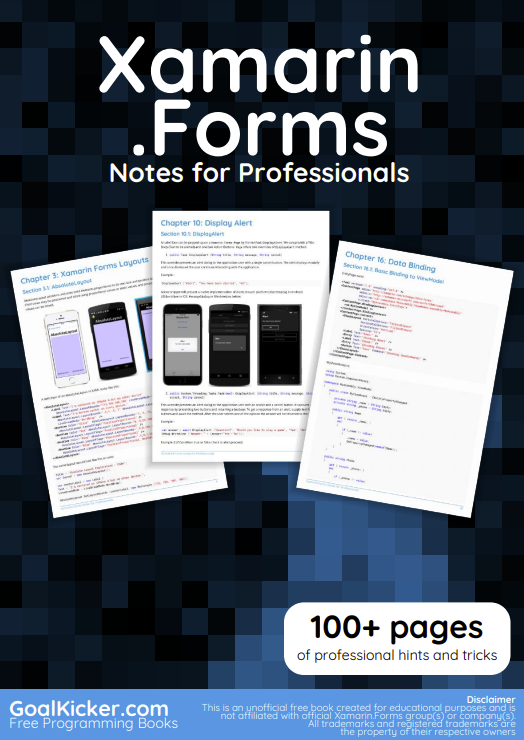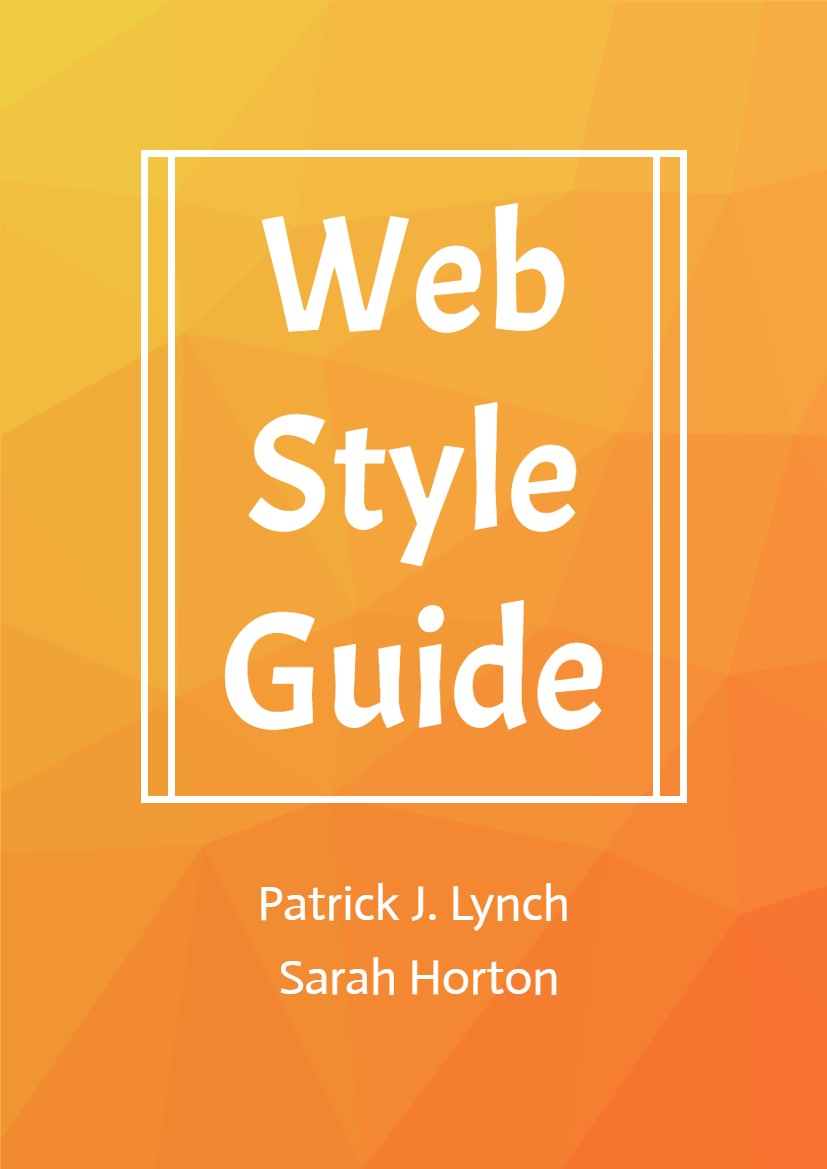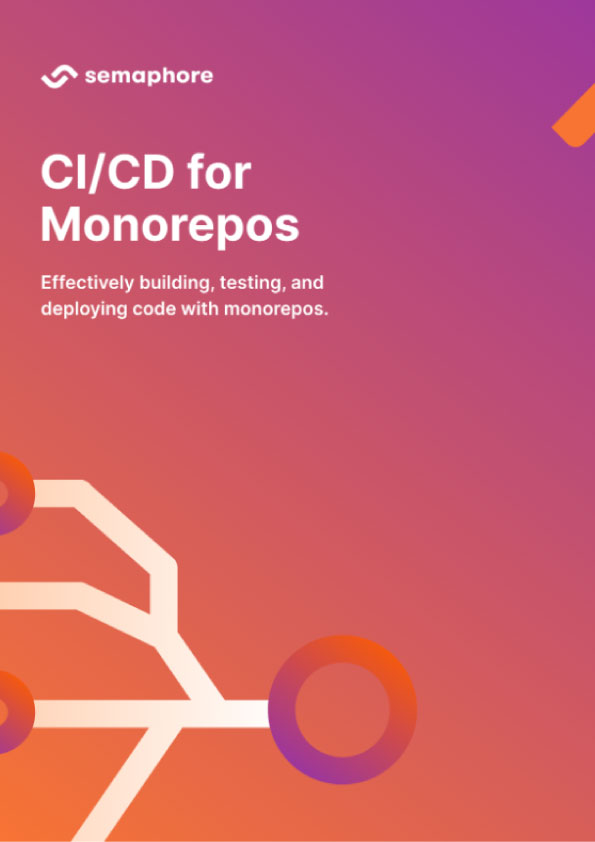Dart is an open-source, class-based, optionally-typed programming language for building web applications–on both the client and server–created by Google. Dart’s design goals are:
- Create a structured yet flexible language for web programming.
- Make Dart feel familiar and natural to programmers and thus easy to learn.
- Ensure that Dart delivers high performance on all modern web browsers and environments ranging from small handheld devices to server-side execution.
Dart targets a wide range of development scenarios, from a one-person project without much structure to a large-scale project needing formal types in the code to state programmer intent.
To support this wide range of projects, Dart provides the following features and tools:
- Optional types: this means you can start coding without types and add them later as needed.
- Isolates: concurrent programming on server and client
- Easy DOM access: using CSS selectors (the same way that jQuery does it)
- Dart IDE Tools: Dart plugins exist for many commonly used IDEs, Ex: WebStorm.
- Dartium: a build of the Chromium Web Browser with a built-in Dart Virtual Machine











